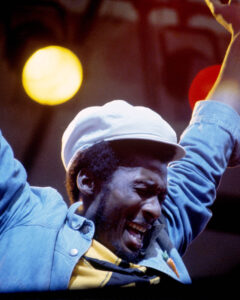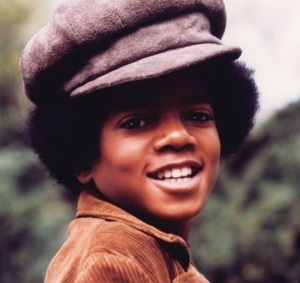Full Force & Cult Jam Expose Biopic Errors: The Real Story Revealed
Full Force & Cult Jam Speak Out: The REAL Story Behind Lisa Lisa’s Legacy and What the Biopic Got Wrong
For weeks, fans have been debating the Lisa Lisa Lifetime biopic — applauding the nostalgia but questioning the accuracy. Now, two key voices from the era are stepping forward to clear the air: Mike Hughes of Cult Jam and Paul Anthony of Full Force.
In an exclusive conversation with WorldWide Entertainment TV, the pair breaks down what really happened, why the film missed the mark, and the truth behind the chemistry, brotherhood, and business that built one of the most iconic groups of the ’80s.
And according to them?
“They got our names right. Everything else was wrong.”
A Legacy Built on Family, Loyalty & Music — Not Drama
Before the fame, before the Billboard hits, before the record labels got involved, Lisa Lisa, Mike Hughes, and Alex “Spanador” Moseley were just three young musicians hungry for opportunity.
Mike explains:
“Lisa was 18 when we met her. I was 20. Alex was 21. We were all young, nice kids. No drinking, no smoking — just focused on music.”
He describes Lisa not as a diva or distant star, but as their baby sister:
“No one could say a bad word about Lisa. They’d have to come through me and Alex first.”
This protective, sibling-like bond became the core of Cult Jam’s success.
It also explains why the recent biopic hit a nerve.
“If You’re Going to Tell Our History… Tell It Correctly.”
Mike Hughes does not mince words when speaking on the film.
What the biopic got right:
✔ Their names
✔ The group existed
What it got wrong:
❌ How they met
❌ How Cult Jam formed
❌ The bond between the members
❌ Their dynamic with Full Force
❌ The real reasons the group ended
❌ Key milestones — including performances at Radio City Music Hall
In his words:
“Everything else… wrong. All the way through.”
He emphasizes that Full Force and Cult Jam were easily reachable:
“If you forgot something, pick up the phone. ‘Mike, Alex, how did this happen?’
We don’t want credit in your movie — just tell the history correctly.”
Hughes also takes issue with claims from interviews surrounding the film:
“Don’t tell people, ‘This is how it really happened,’ when it’s not.
Now the movie’s wrong, and you’re supporting what didn’t happen.”
Full Force on Artist Development: “We Find Talent at Its Embryo Stage”
Paul Anthony adds crucial context.
A veteran with nearly 38 years in the industry, he recounts working with his brothers since childhood, eventually achieving gold, platinum, and diamond success across genres.
And that early-career success wasn’t limited to Cult Jam.
Full Force helped develop and shape artists who later rose to global fame:
-
Rihanna
-
Nicki Minaj
-
Fergie
-
Becky G
-
Backstreet Boys
-
NSYNC
Paul Anthony explains:
“One thing we hang our hat on is finding talent at its embryo stage.”
This legacy adds weight to their critique of the biopic — because Full Force didn’t just know the story.
They helped write it.
The Truth About How Cult Jam Ended
In the film, the group’s breakup is painted as tension and dysfunction.
But according to Mike?
That’s simply not true.
There were no internal feuds, no money fights, no hatred.
“We weren’t in charge of money, so we never had money problems between us.”
The real issue was industry politics:
-
Label contracts that weren’t favorable
-
Management structures that limited their creative freedom
-
A desire to evolve musically and renegotiate
Their plan was not to break up — but to reset, then return.
“Let’s break, fix the contracts, get a new situation, and come back stronger.”
That context is nowhere in the biopic.
A Misrepresented Legacy — But the Truth Lives Here
The members agree:
The story shown to millions is not the one they lived.
Their message to the fans is simple:
-
They loved each other
-
They protected each other
-
They succeeded together
-
They ended on peaceful, strategic terms
No bitterness.
No betrayal.
No melodrama.
Just young artists navigating a tough music industry, and a sisterhood/brotherhood that still commands respect today.
Why This Matters
The history of Lisa Lisa & Cult Jam is more than pop nostalgia — it’s part of the foundation of:
-
Latin freestyle
-
’80s R&B
-
New York dance culture
-
Urban pop fusion
-
Early hip-hop crossover production
When Hollywood alters the story, it alters a piece of that cultural foundation.
WWETV is committed to giving flowers and truth to the creators who shaped the music we still love today.
This interview is not about tearing down a movie —
it’s about building up the real legacy of a group that deserves its correct place in history.
Share this content:














Post Comment